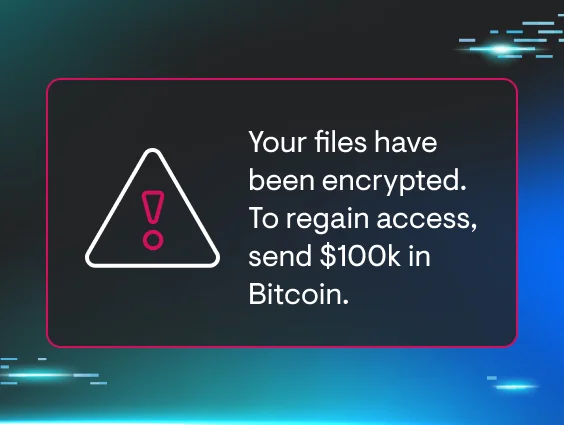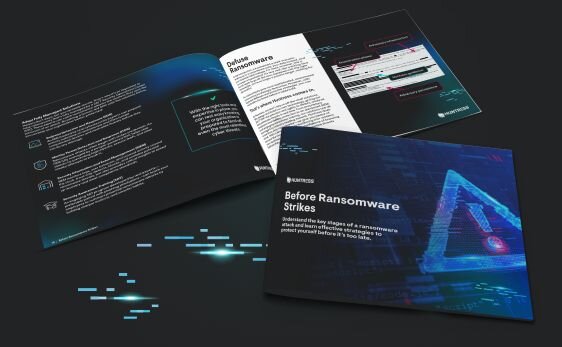Ransomware threat actors don’t discriminate: They target organizations of all sizes and industries and look for the weakest links.
We built this hub to help you get a solid handle on ransomware—whether you’re brand new to it or seeking next-level insights—so you can create a strong defense that keeps your data and operations secure.
Here’s what you can expect from this guide:
- A comprehensive look at today’s ransomware threats: We cover everything from common infiltration methods to double extortion tactics, helping you see exactly how ransomware works. You’ll learn how attacks happen, adversaries' tactics, and why these threats are so damaging.
- Insight into what’s at stake: Ransomware goes far beyond locked files: it can bring your entire business to its knees and halt your operations. Learn how each layer of your organization can stay protected.
- Real-world strategies you can implement: No fluff or theory overload. You’ll find cost analyses, breach scenarios, and prevention steps that you can put into practice right now. Our threat hunters tackle ransomware every day, and we’re sharing this frontline knowledge so you can stay one step ahead of attackers.
Many organizations still think ransomware attacks only happen to big enterprises. The reality? Threat actors target businesses of every size and don’t hold back.
Our 24/7 threat hunters, analysts, and cybersecurity experts tackle ransomware daily. We’ve gathered their knowledge so you can fully grasp the threat, see exactly how ransomware operates, and learn how to fight back with a modern, layered security approach.
If you’re curious how Huntress can fit into your organization’s security posture, we’ll show you how it all works.
























